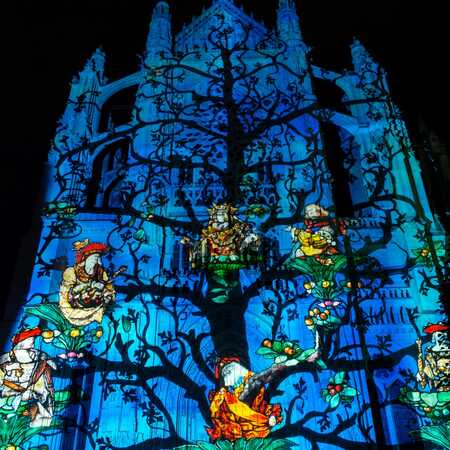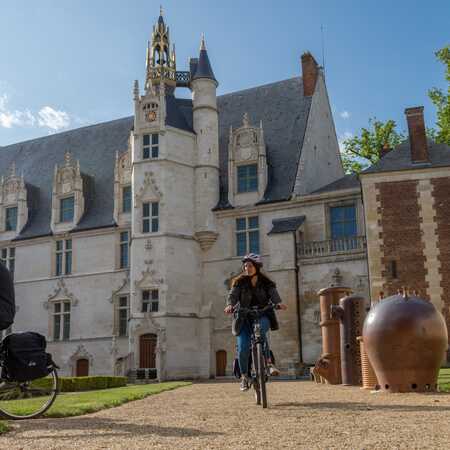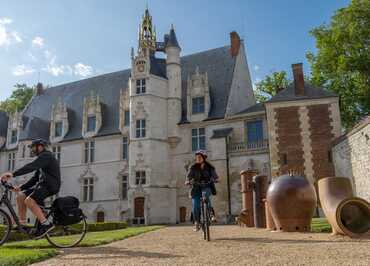Beauvais
And its Saint-Pierre Cathedral
Back in Roman times, the city of Beauvais's predecessor was named Caesaromagus, or 'Caesar's Market'. Beauvais developed in the Middle Ages as a major textile-making centre and splendid monuments were built in the town.
In 1940, near the start of the Second World War, the city of Beauvais suffered terrible bombardments and was two-thirds destroyed. At least a fair number of old houses, the cathedral and Saint-Lazare's lepers' house survived. Today, Beauvais is a dynamic town with a busy international airport catering to several million passengers a year. It also has a university campus, plus, among other cultural attractions, you can visit the Galerie Nationale de la Tapisserie, an impressive tapestry museum.
The Cathédrale Saint-Pierre de Beauvais
A veritable masterpiece of Gothic Art, Saint-Pierre de Beauvais Cathedral is unique in its genre. The cathedral boasts the world’s highest Gothic chancel, dating from the 13th century and rising 49 metres. Quite an exploit at the time of its construction! Never finished, the edifice lacks a nave, lending it a rather singular silhouette. During the summer months and the Christmas season, a sound-and-light show, “The Immense, Eternal Cathedral of Beauvais”, is projected onto the southern portal. A free, open-air and out-of-the-ordinary way to cap your evening in Beauvais!
La Maladrerie Saint-Lazare
A remarkable example of medieval hospital architecture, dating back to the 12th and 13th centuries. This heritage treasure stands out for its immense size and the richness of its architecture, and has managed to preserve its three distinct sections, each serving a separate function: the farm to the north, the central ecclesiastic lodging with its Romanesque chapel, and the hospital to the south, with the entire ensemble situated within a walled estate of over three hectares. This historic site also offers garden lovers a modern vision of the medieval garden.




